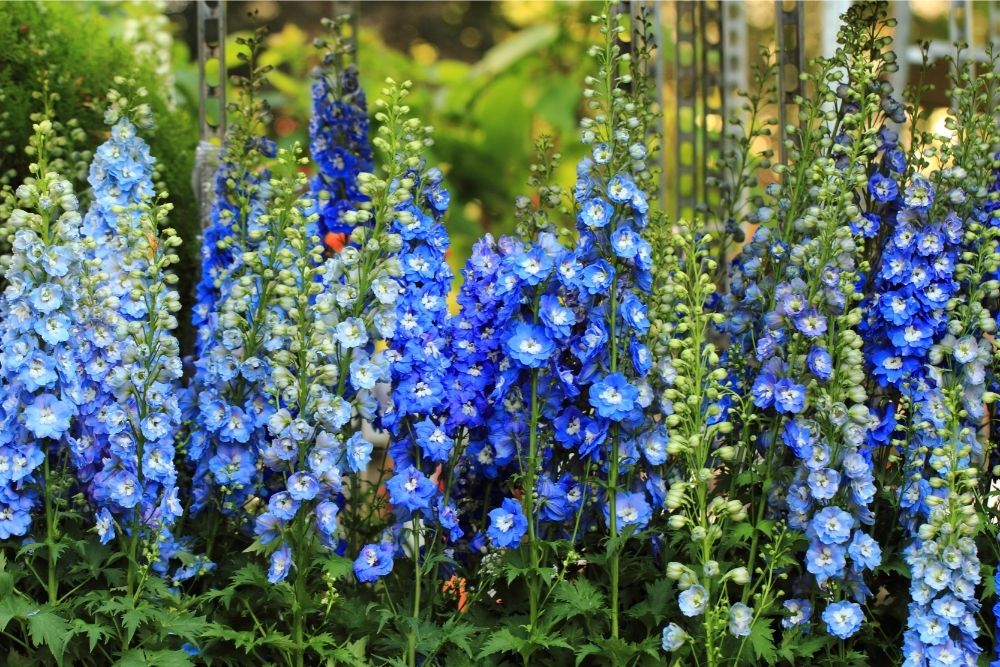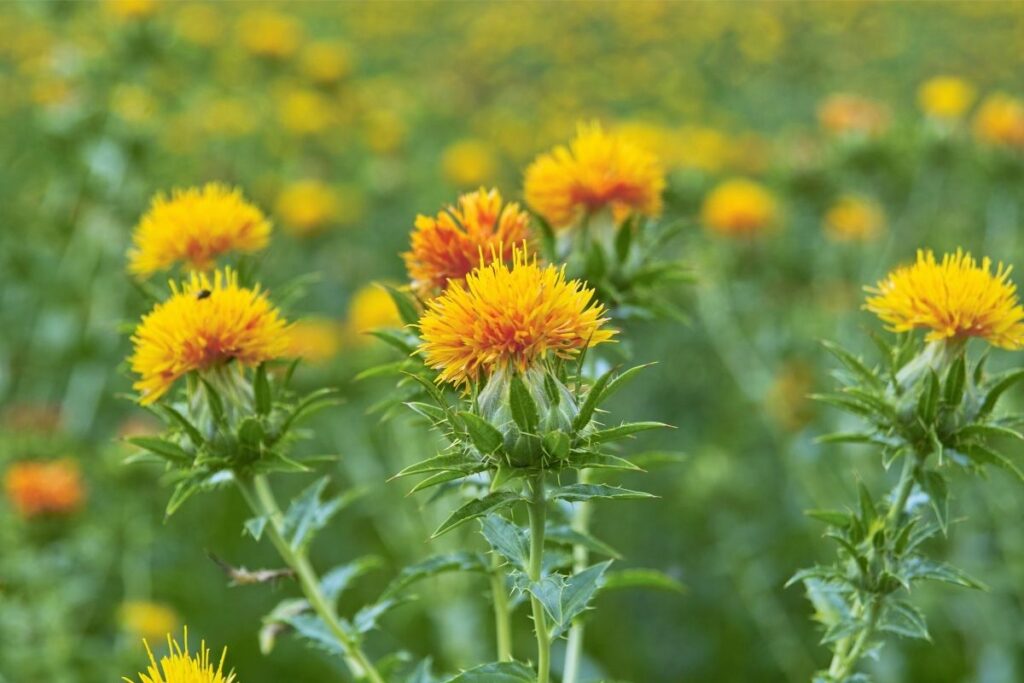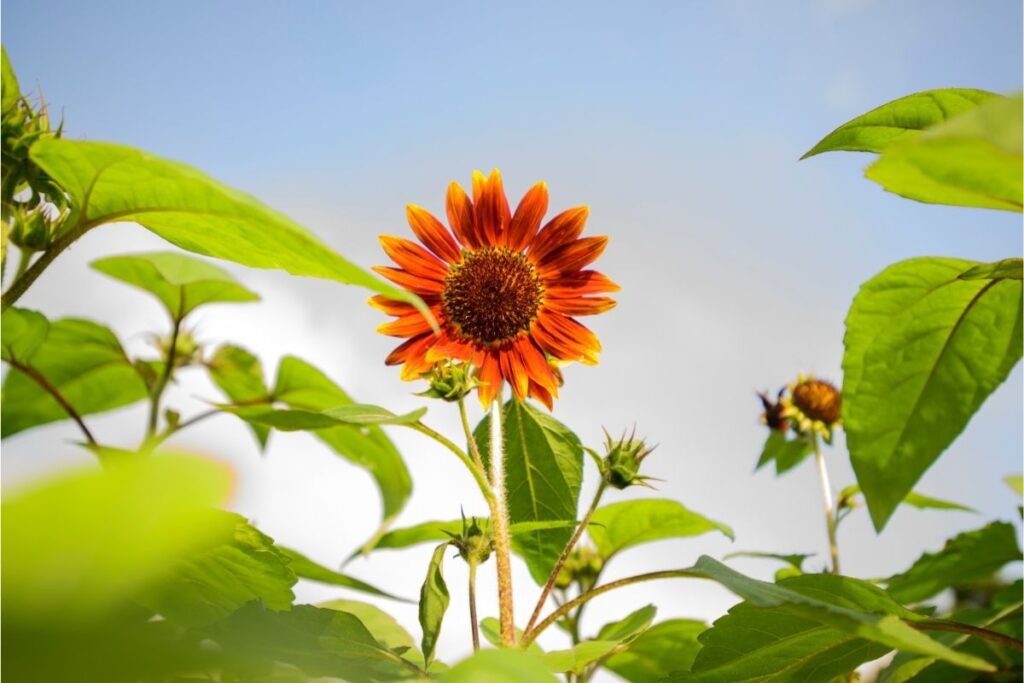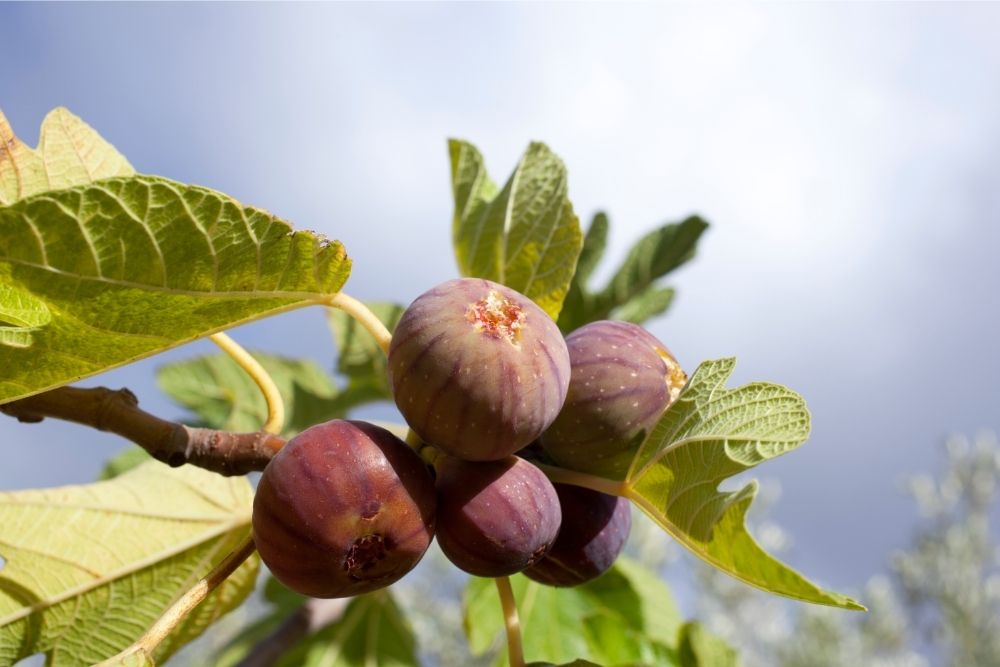We live in a beautiful world built on the foundations of ancient cultures and civilizations, which once traded in materials and natural resources. Egyptian flowers
Because of this, many exotic plants have found their way across the world, where they are used to decorate gardens and other landscapes.

When planning your own garden, you might be influenced by ancient cultures and exotic empires, which means you will have to utilize flowers and plants from these different regions to give your garden a sense of authenticity.
Fortunately, many beautiful flowers can now trace their origins back to ancient times, with some even growing along the banks of the Nile. So if you want to know which flowers come from Egypt, then you have come to the right place.
In the following article, we have compiled a list of notable Egyptian flowers, so that you can learn more about the different species and their cultural roots. We have also included some exciting information about each flower and its relation to ancient history.
So if you want to know more about Egyptian flowers, this article has everything you need to get started…
1. Bird Of Paradise (Strelitzia Reginae)
For the first flower on our list, we have chosen a bird of paradise, a beautiful species that takes its name from its bird-like appearance.
While this species can be found in South Africa, it can also be found growing along the Nile, where it is associated with freedom, joy and faithfulness.

2. Cornflower (Centaurea Cyanus)
Otherwise known as bachelor’s button, this flower is known for its purple-blue petals and can be found in countries across the world.
In ancient times, this species was seen as a source of inspiration for the Egyptian people, as it can be found in various artworks and architecture.

3. Chrysanthemum (Chrysanthemum Indicum)
While chrysanthemums originated in China, it seems they played an important role in ancient Egyptian pleasure gardens, where they were used for ornamental purposes.
Chrysanthemums can be identified by their large flowering heads, which can be purchased in shades of pink, purple and yellow.

4. Delphinium (Delphinium Flavum)
These beautiful magenta flowers are native to Egypt, Syria and Iran – where they are commonly associated with protection, cheerfulness and goodwill.
In ancient times, these flowers were used to decorate gardens and landscapes, as they were seen as a luxury to the indigenous people.

5. Hollyhock (Alcea Ficifolia)
Known for its pink petals, hollyhock is not actually native to the African continent, as it was imported from western Asia.
While the flower was used for its ornamental purposes, it also appeared in mummification rituals, where it would have been made into a collar with other blooms.

6. Iris (Iris Germanica)
Similar to hollyhock, the iris was first imported to Egypt from China, with the flower becoming a popular addition to the pleasure gardens of ancient times.
However, it seems that not every species fared well in the Egyptian sun, as there are historical artworks that allude to the iris’s demise.

7. Jasmine (Jasminum Officinale)
This flowering vine is known for its powerful fragrance and white blooms, with the species commonly being associated with themes of love, romance and sensuality.
During Greco-Roman times, the Egyptians would use jasmine to make ceremonial wreaths for the dead, which were seen as an offering to Osiris.

8. Blue Lotus (Nymphaea Nouchali Caerulea)
Known as the flower of the Nile, the blue lotus is considered to be one of the most important species to Egyptian culture, as it was first cultivated for the ancient pharaohs.
The aquatic plant is known for its pale blue petals and can now be found in cultural depictions across the historic country.

9. Narcissus (Narcissus Poeticus)
Nowadays, the narcissus (otherwise known as the daffodil) is the national flower of Wales, where it represents the coming of spring.
However, the flower once played an important role in Egyptian culture, as it was used for medicinal purposes and as an offering to the mummified dead.

10. Papyrus (Cyperus Papyrus)
As the name suggests, this flowering plant was once used by the ancient Egyptians to make a papery material called papyrus – one of the first papers ever made.
In modern times, this species can be found in flooded swamps across the African continent, where it sprouts thin grass-like petals.

RELATED: Eggshells as Organic Pest Control Plus Their Other Amazing Benefits for Plants
11. Flame Tree (Delonix Regia)
While it remains unclear if this tree was a popular ornament in ancient Egyptian gardens, its beauty alone is enough to confirm our suspicions.
Classed as an evergreen tree, this species will bloom hundreds of orange-red flowers, which give the branches the appearance of being on fire.

12. Red Poppy (Papaver Rhoeas)
The common poppy is a beautiful flower known for its scarlet petals, which is now associated with themes of remembrance and peace.
However, in ancient times, the poppy was imported to the African continent by the Egyptians, who used the flower to decorate their temples and tombs.

13. Safflower (Carmathus Tinctoris)
Similar to the poppy, the safflower was a native species found in Palestine, which was then introduced to the African continent by the ancient egyptians.
While traces of the flower have been found in palace gardens, it was mainly used to produce a red dye for linen, with the seed also yielding an edible oil.

14. Sunflower (Helianthus Annuus)
The sunflower is a beautiful species known for its bright yellow petals and resemblance to the sun, which can now be found in gardens across the world.
While the species first originated in South America, the sunflower somehow found its way to ancient Egypt, where it was likely used for ornamental purposes.

15. Fig Tree (Ficus Carica)
Fig trees play an important role in ancient Egyptian culture, as they were once associated with divinity and used to decorate temple gardens.
While it is true that you will never see blossoms on a fig tree, this is because the fig itself is the fruit, which has grown inward instead of out.

RELATED: A Necessary Guide on How to Use Moss Pole For Houseplants
16. Sycamore (Acer Pseudoplatanus)
Nowadays, sycamore trees are best known for their helicopter-like leaves, even though the species also produces small green flowers that grow in clusters.
However, in ancient times, the tree could often be found in temple gardens, as it was associated with Hathor – the Egyptian goddess of the sky, womanhood and love.

17. Sweetbriar Rose (Rosa Rubiginosa)
This species of rose is native to Europe and western Asia, where it is known for its delicate nature and pale petals.
While there is little evidence to suggest its role in ancient Egyptian culture, traces of the plant have been found in tombs across the country, which means it was likely used as an offering for the dead.

18. Egyptian Acacia (Vachellia Nilotica)
Known as gum arabic tree, this species is native to the African continent and the Middle East, where it was once used to decorate palace gardens.
The tree is known to bloom during the spring and summer, which produces small clover-like flowers in shades of yellow and green – interestingly, the tree is now used to make glue and other adhesive materials.

19. Egyptian Riverhemp (Sesbania Sesban)
During the beginning of the new kingdom, ancient Egyptians began searching for native plant life to decorate their gardens and tombs.
Among these species was Egyptian riverhemp – a member of the legume family, which is known for its distinctive leaves and pretty yellow pods.

20. Hairy Willow Herb (Epilobium Hirsutum)
This flowering plant can now be found in Europe and North Africa, where it thrives along the banks of rivers and lakes.
Because of this, it can be assumed that the species also grew along the Nile, where it was discovered by the ancient Egyptians and used to decorate their temples.

RELATED: Potassium for Houseplants: How to Use It for Happier and Healthy Plants?
21. Wild Celery (Angelica Archangelica)
These days, wild celery is known for its edible stems and essential oils, but in ancient times the species was grown by the ancient Egyptians for its aromatic leaves.
While the plant offers little in terms of appearance, it does produce clusters of green flowers, which will usually bloom during the late spring.

22. Lychnis (Lychnis Coeli – Rosa)
Known as the rose of heaven, this flower can commonly be found in the Canary Islands, Morocco and across the Mediterranean – where it is known for its thin green stems and purple petals.
During ancient times, the species was imported by the ancient Egyptians to make wreaths and collars for the dead, which would have included other notable plants and artificial flowers made of copper.

23. Field Bindweed (Convolvulus Arvensis)
In some cases, it has been recorded that the ancient Egyptians made their ceremonial wreaths using field bindweed, which is a flowering vine native to Europe and Asia.
While the species could be considered for its white trumpet-like flowers, modern opinions often view the plant as a pest because of its suffocating nature.

Conclusion
As you can see, there are many plants that played an important role in ancient Egyptian culture, whether they were native to the continent or not.
Now that you have an idea of what you are working with, you can create your own Egyptian pleasure garden – complete with authentic flowers and plants.
Editor’s Recommendations
What Is Leca and Is it Useful for Plants? All The Plant Care Questions and Answers
A Necessary Guide on How to Use Moss Pole For Houseplants
55 Plant Quotes To Inspire Every Plant Lovers and Keep Them Going







